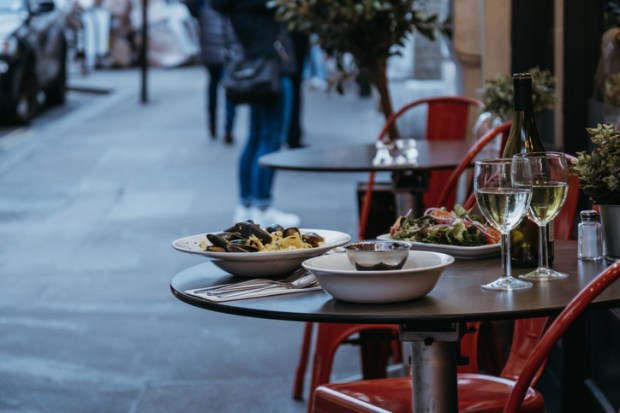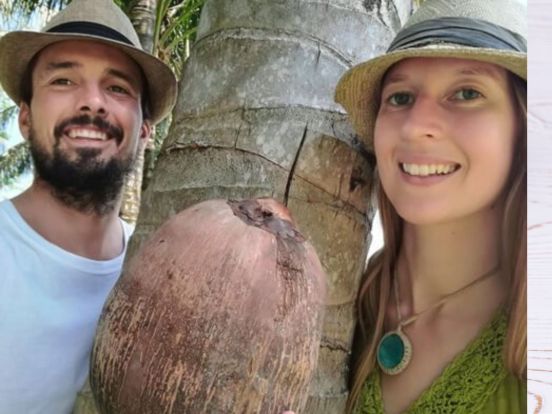 Yet one of Vietnam’s least exploited beach destinations is on the brink of becoming popular. Travellers in the know are increasingly descending on this authentic slice of Vietnam before change spurred by tourism sets in.
Yet one of Vietnam’s least exploited beach destinations is on the brink of becoming popular. Travellers in the know are increasingly descending on this authentic slice of Vietnam before change spurred by tourism sets in.
Pronounced ‘kwee nyon’, Quy Nhon commands a stretch of Vietnam’s south central coast about 280 kilometres north of Nha Trang and 320 kilometres south of Da Nang.
A laid-back port town, Quy Nhon is a mecca for seafood aficionados on the lookout for crabs, shrimp, scallops and then some. The catch churns through the port daily, and is dispatched all over the country. A lot of it stays local and is celebrated in such local traditional fishing villages as Xuan Hai, where the catch of the day is served in a floating restaurant.
There are virtually no tourism vendors peddling wares. Quy Nhon’s tranquil atmosphere belies its historical significance. Binh Dinh province – of which Quy Nhon is the capital – was the nucleus of the lost Cham civilization. Venerable relics of the kingdom, that dominated Vietnam’s centre and south between the 2nd and 15th centuries, pepper the hillsides and valleys in and around Quy Nhon.
Towering above a scenic park within the town’s limits, the Thap Doi (Twin Towers) is the most easily accessed of the Cham ruins. Steep steps climb to temples topped by curved pyramidal roofs – rather than the Cham temples’ usual terraced turrets – opening up to a dome of blue sky.
Visitors can rummage through the impressive selection of Cham sculptures showcased at Binh Dinh Museum, home to more than 1,000 documents and artifacts laying bare Vietnam’s history including its struggles with the French, Americans and Koreans. Ho Chi Minh’s life is detailed here chapter by chapter.
Queen Beach with its sweeping views of the coast, the Dam Market brimming with fresh produce and smiling locals, and Long Khanh Pagoda, at which a 17-metre tall Buddha and mosaic dragons with manes of broken glass greet you upon arrival, are lures on any itinerary.
About 12 kilometres south of the town’s centre, AVANI Quy Nhon Resort clings to the flank of a hill fronting Bai Xep Bay. The dramatic first impression made by the resort’s open lobby entrance is buoyed by a reflecting pool that gives way to the resort’s vast infinity pool and, in turn, the shimmering ocean. A private, kilometre-long stretch of pristine beach invites holidaymakers to soak up the sun and take a dip.
The resort offers a host of leisure activities and excursions including Vietnamese cooking classes, sea kayaking and deep-sea fishing. Guests can follow up a tailor-made picnic lunch with a leisurely stroll, swim or spot of snorkelling at the resort’s private island, only a 10-minute journey away via a traditional coracle boat.
After an excursion, spa treatments including massages, body scrubs and facials await at AVANI Spa, boasting five outdoor treatment bungalows or three indoor treatment suites set amid a 3,000-square-metre garden oasis overlooking the sea. The spa also boasts a Japanese dry sand and salt sauna, and holds yoga and tai chi sessions on its deck.
Diners feast on prime steak, a fresh catch and authentic Vietnamese cuisine on a cliff under the stars or at the resort’s all-day cliff-side dining restaurant Tre, where chefs manning live cooking counters design dishes to tastes using seasonal ingredients and fresh local seafood displayed on ice. Meanwhile, open air bar Gio affords a panoramic prospect of the beach by night before guests retire to one of the resort’s rooms and suites, each featuring a large private balcony and vista of the bay dotted with the lights of myriad lobster pots bobbing on the waves.
Accessible with daily flights from Ho Chi Minh City and Hanoi, not to mention a growing number of tourists discovering this gem on their way between Da Nang and Nha Trang, Quy Nhon is emerging on the map, and it is only a matter of time before it crosses the threshold.








